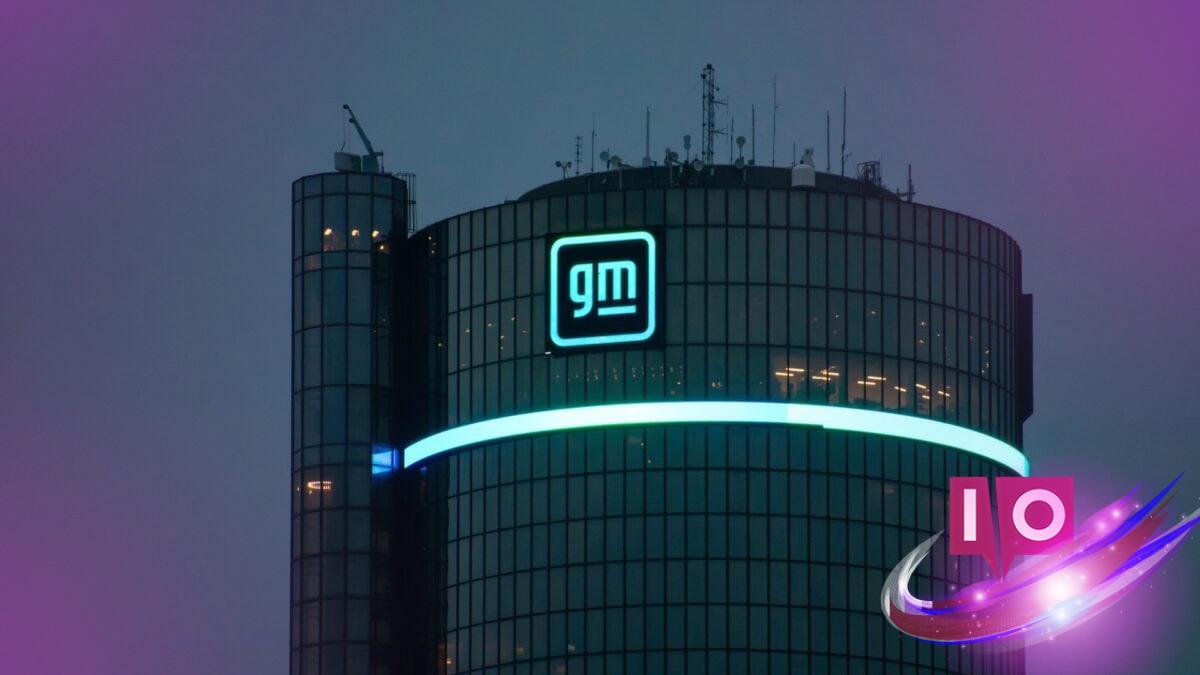General Motors (GM) is gearing up for temporary layoffs at its assembly plant in Wentzville, Missouri. This decision is expected to impact most of the workforce at this facility, which plays a crucial role in producing vehicles like the Chevrolet Colorado and GMC Canyon, along with the Chevrolet Express and GMC Savana vans.
According to a recent letter from the plant’s executive director and local UAW representative, the layoffs will commence between September 29 and October 19, primarily due to a parts shortage.
While these layoffs are temporary, they represent a broader set of challenges GM is currently facing. The parts shortage highlights ongoing supply chain issues, compounded by regulatory shifts affecting the electric vehicle (EV) market. In particular, the previous administration’s stance on EV incentives has forced GM to reassess its strategies for electrification.
Why Are There Layoffs at GM’s Wentzville Plant?
The plant’s layoffs stem from a parts shortage, and while these issues are not new, they have been exacerbated by various external influences. GM’s decision comes in the wake of changes in the EV market, specifically regarding tax credits that have historically supported consumer purchases. With existing tax credits set to expire on September 30, uncertainty has gripped the electric vehicle sector.
Impact of Regulatory Changes on GM
When the Trump administration moved to repeal the $7,500 electric vehicle consumer tax credit, it created an environment of uncertainty for companies like GM. Although the Biden administration introduced a new credit through the Inflation Reduction Act, the expiration of these incentives means challenges ahead for GM and the EV industry at large.
In September, GM announced it would cut output at a major electric vehicle assembly plant, postpone a shift at a Kansas City facility intended to produce electric Chevy Bolts, and enact temporary layoffs due to weakened demand.
GM’s Commitment to Electrification
In 2021, GM pledged to fully electrify its lineup by 2035. However, regulatory challenges and fluctuating demand have thrown a wrench into these ambitious plans. On a brighter note, CEO Mary Barra confirmed that electric vehicles remain the company’s “north star.” As reported recently, sales of electric vehicles surged by 40% in July, suggesting a potential recovery in consumer interest.
Despite these gains, GM anticipates that sales could dip after the tax credits expire. Duncan Aldred, president of GM’s North America division, expressed that it may take months for market conditions to stabilize, leading to a smaller EV market temporarily.
The Bigger Picture: EV Demand in the U.S.
While demand for electric vehicles may be inconsistent in the U.S., experts maintain a positive outlook. Analysts from Goldman Sachs project that electric vehicles could account for 50% of global new car sales by 2035. Challenges such as a lack of charging infrastructure may slow progress in the short term, but there remains hope for robust growth.
Chinese EV manufacturers are rapidly advancing in the absence of substantial U.S. government support, capturing increased market share and global influence. The competition is fierce, and GM’s responsiveness to these dynamics will be essential in navigating the road ahead.
What is the reason for GM’s layoffs in Missouri? GM’s layoffs in Missouri are due to a parts shortage, affecting most workers at the assembly plant.
How has the U.S. government influenced GM’s EV strategy? The U.S. government changed its electric vehicle tax incentives, causing GM to reevaluate its electrification strategy and production plans.
What are GM’s future plans for electric vehicles? GM plans to fully electrify its vehicle lineup by 2035 but faces challenges related to market demand and regulatory changes.
Will electric vehicle sales continue to grow? Despite potential dips following tax credit expirations, electric vehicle sales are expected to rebound, with significant growth projected over the next decade.
As GM looks to navigate these challenges and opportunities in the ever-changing automotive landscape, the future remains uncertain but filled with potential. Stay tuned and continue exploring more content on automotive trends at Moyens I/O.
